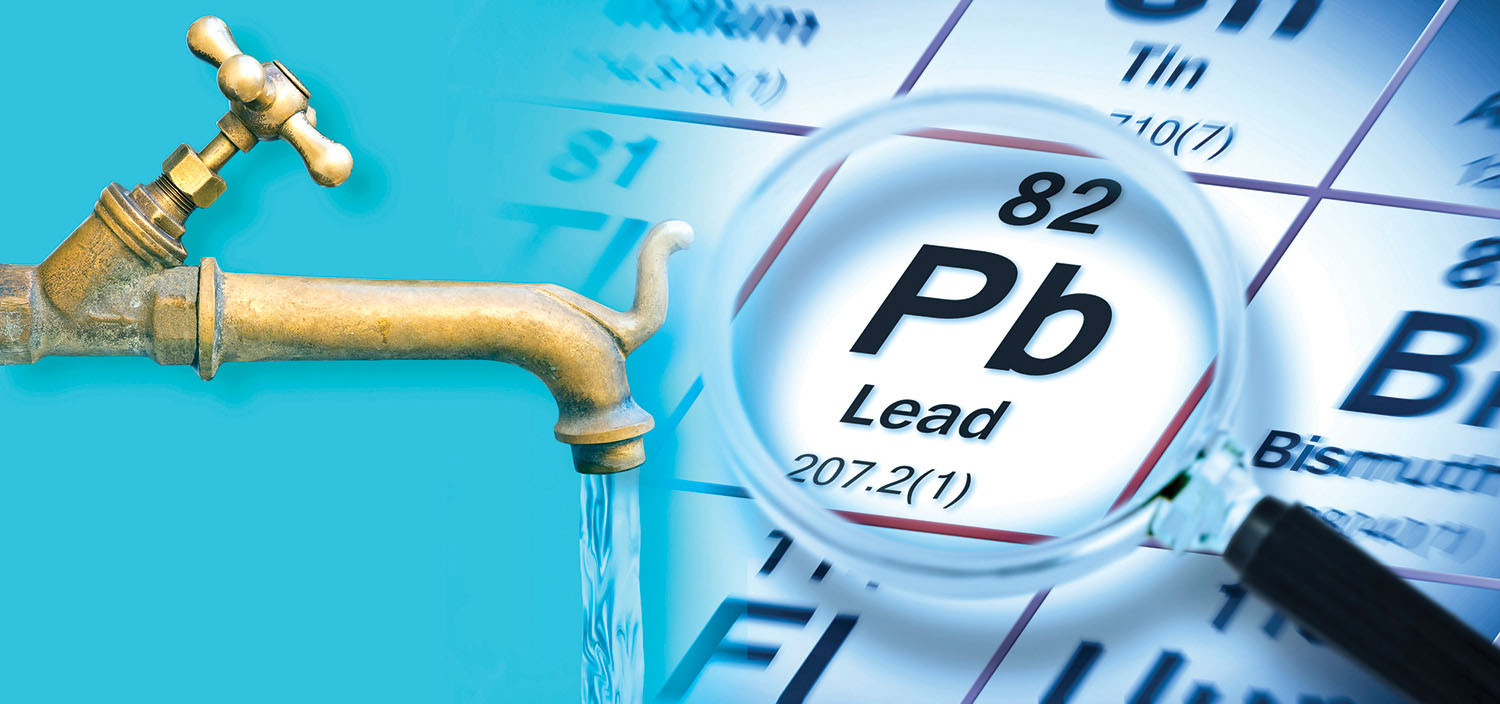The dirt on soil and water pollution
Heavy metals, pesticides, and microplastics may affect your risk for cardiovascular disease. Can you limit your exposure to these toxins?
- Reviewed by Deepak L. Bhatt, M.D., M.P.H, Former Editor in Chief, Harvard Heart Letter

The word "pollution" often conjures up clouds of noxious gases billowing from a factory smokestack or vehicle tailpipe. But while many people are now aware of air pollution's harmful effect on cardiovascular health, the impact of soil and water pollution remains largely unrecognized.
A review article published online June 30, 2022, by Cardiovascular Research details the main contaminants found in soil and water and the threats they pose to the cardiovascular system. "We wrote this paper to encourage cardiologists to consider environmental factors that might affect their patients' risk," says co-author Dr. Philip Landrigan, adjunct professor of environmental health at Harvard's T.H. Chan School of Public Health and an affiliate in the Department of Global Health and Social Medicine at Harvard Medical School.
Soil pollutants enter the body when people eat crops grown in dirty soil, drink water contaminated by dirty soil, or inhale soil dust. Heavy metals — especially lead, cadmium, and arsenic — are the most pressing concerns, says Dr. Landrigan, whose early work fueled the banning of lead in gasoline and paint in the mid-1970s.
Lead's legacy
Because of lead's detrimental effect on brain development, babies and young children are particularly vulnerable to lead exposure. However, even low blood lead levels at concentrations previously assumed to be safe in adults have been linked to an increased risk of high blood pressure and heart disease (see "Lead and heart disease: An underappreciated link?" in the February 2019 Heart Letter). Lead disrupts normal blood vessel function through a process called oxidative stress and also promotes damaging inflammation. Residue from lead paint persists in homes and other structures built before 1978, and erosion from lead pipes (mainly in homes built before 1986) can contaminate drinking water.
Cadmium concerns
Like lead, cadmium persists in the environment and has similar unfavorable effects on cardiovascular health. According to an editorial published May 18, 2021, in the Journal of the American Heart Association, elevated cadmium levels in blood and urine are associated with higher cardiovascular disease risk. Industrial use of cadmium (in batteries, solar panels, and plastics) has led to widespread soil contamination.
Arsenic awareness
Similar albeit less certain heart-related risks have been observed with arsenic, especially in people who consume arsenic-contaminated drinking water. But this heavy metal appears to have another, more insidious health effect. Arsenic exposure early in life can cause changes in gene expression that enhance heart-related risks in adulthood, says Dr. Landrigan. Of particular concern is rice grown in Louisiana, Mississippi, and Alabama, where the fields retain residues of lead arsenate pesticide sprayed on cotton crops 50 or more years ago. Rice extracts arsenic out of the soil, and most rice cereal fed to babies is made with American-grown rice, Dr. Landrigan notes. The FDA has yet to finalize limits for arsenic or cadmium in baby food.
Pesticides
People who work in agricultural and chemical industries face the greatest exposure to pesticides. But people living in rural agricultural areas can be affected by these chemicals as well, and the general public may consume pesticide residues in food. Other farming practices, including deforestation and overfertilization, can degrade soil health, reducing crop productivity and polluting water supplies.
Plastics
How much plastic waste escapes into the oceans each year? Picture five garbage bags of plastic trash on every meter of coastline around the entire world. This waste — about a third of which is single-use plastic — slowly breaks down into tiny particles after prolonged exposure to waves, wind, and sunlight. The resulting microplastic and even tinier nanoplastic particles travel from seawater to pollute fish, shellfish, air, and soil, eventually entering many parts of the food supply.
There aren't any population studies looking at the cardiovascular health effects of nano- and microplastics in humans. But these particles can reach the bloodstream, making it plausible that they could travel to different organs and cause systemic and cardiovascular disease, according to Dr. Landrigan.
A global problem
Soil and water pollution poses a bigger threat to people in low-and middle-income countries because of their greater exposure to contaminants. However, the increasing globalization of our food supply chains means this problem now affects everyone. But there are a few things you can do that may help make a difference (see "3 ways to limit your pollution exposure and impact").
3 ways to limit your pollution exposure and impactThese measures may make a difference.
|
Image: © Francesco Scatena/Getty Images
About the Author

Julie Corliss, Executive Editor, Harvard Heart Letter
About the Reviewer

Deepak L. Bhatt, M.D., M.P.H, Former Editor in Chief, Harvard Heart Letter
Disclaimer:
As a service to our readers, Harvard Health Publishing provides access to our library of archived content. Please note the date of last review or update on all articles.
No content on this site, regardless of date, should ever be used as a substitute for direct medical advice from your doctor or other qualified clinician.
















